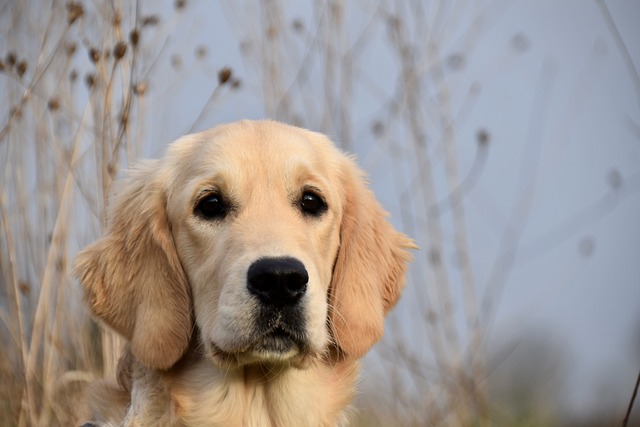
what to do if my dog's skin is peeling
If you’ve ever brushed your hand along your dog’s back and noticed small, paper-thin flakes of skin coming loose—or found little bits stuck to their favorite blanket
Socializing your dog with other dogs isn’t just about avoiding awkward encounters at the park—it’s about helping them feel confident and safe in the world. A well-socialized dog isn’t just easier to take out; they’re happier, too, able to enjoy playtime without stress. But getting there takes patience, and even small missteps can make your pup anxious around new furry friends.
Starting too late is a common mistake. Puppies between 3 and 14 weeks old are like little sponges, soaking up experiences that shape how they see other dogs. Waiting until they’re older—say, 6 months or more—can make socialization harder, especially if they’ve already had a scary run-in. That doesn’t mean throwing them into a pack of rambunctious dogs, though. Start small: a calm, vaccinated friend’s dog in your backyard, where there are no distractions. Let them sniff each other from a distance at first, and if tails stay loose and wiggly, let them get closer. If either pup tenses up or backs away, take a step back—pressure only builds fear.
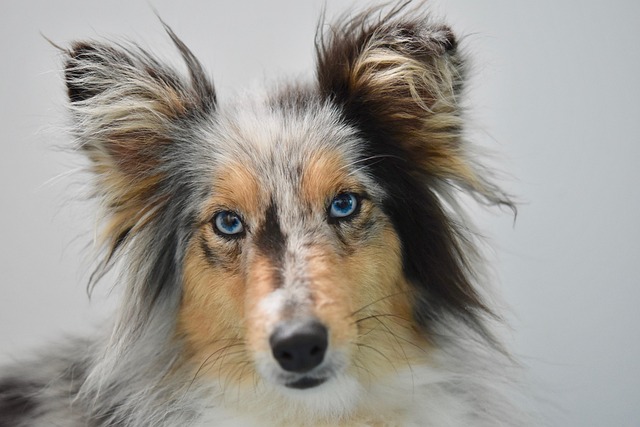 Rushing interactions is another pitfall. Even friendly dogs need time to adjust. Dragging your pup over to every dog you pass on the street can overwhelm them, turning what should be fun into something stressful. Instead, let them set the pace. If they hang back, that’s okay—stand still and let the other dog (if it’s calm) approach slowly. Offer a treat when your pup stays relaxed, so they start linking other dogs with good things. Over time, they’ll learn that “new dog” means “maybe a snack, maybe a play bow”—not something to fear.
Rushing interactions is another pitfall. Even friendly dogs need time to adjust. Dragging your pup over to every dog you pass on the street can overwhelm them, turning what should be fun into something stressful. Instead, let them set the pace. If they hang back, that’s okay—stand still and let the other dog (if it’s calm) approach slowly. Offer a treat when your pup stays relaxed, so they start linking other dogs with good things. Over time, they’ll learn that “new dog” means “maybe a snack, maybe a play bow”—not something to fear.
Using punishment is never the way. Yelling if your dog growls or snaps, or yanking their leash to “teach them a lesson,” tells them their feelings don’t matter. Growling is their way of saying, “I’m uncomfortable—please back off.” Shutting that down means they might skip the warning next time, going straight to nipping. Instead, if they seem tense, gently guide them away and redirect their attention with a toy or treat. Praise them when they calm down, so they know staying chill gets rewarded.
Ignoring body language is easy to do when you’re eager for them to make friends. A dog that’s ready to play will have a loose body, ears up but not forward, and a tail wagging from side to side. One that’s stressed might tuck their tail, flatten their ears, or lick their lips nonstop. If you see those signs, don’t push. It’s better to end the interaction early and try again another day than to let things escalate. Remember, socialization is a marathon, not a sprint—some dogs take weeks, even months, to warm up.
Consistency helps, too. Short, frequent sessions work better than long, tiring ones. A 10-minute playdate with a steady buddy a few times a week does more than a 2-hour park visit once a month. And always keep an eye on local rules—many areas require leashes in public spaces, and respecting that keeps everyone safe, including your pup. With time, you’ll notice a shift: that tense body relaxes, the tail wags faster, and maybe even a playful bow. That’s when you know—they’re not just tolerating other dogs. They’re enjoying them.

If you’ve ever brushed your hand along your dog’s back and noticed small, paper-thin flakes of skin coming loose—or found little bits stuck to their favorite blanket
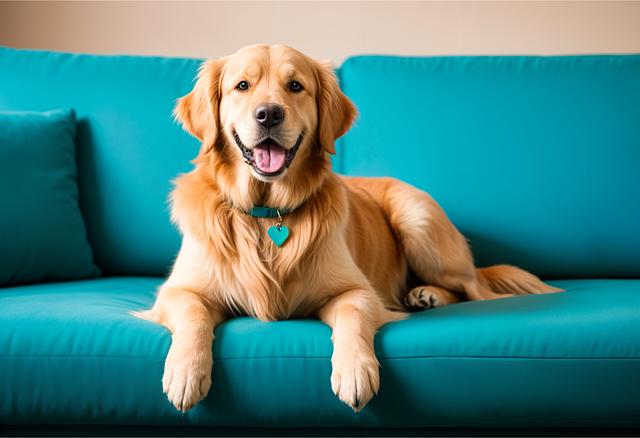
That frustrating moment when your dog won't stop scratching - is it just winter dryness or something more sinister like mites? While both conditions can make your pup miserable
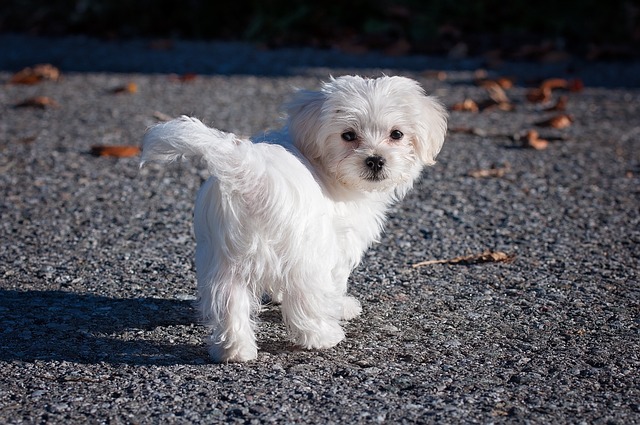
If you’ve noticed your dog’s paws looking cracked, rough, or flaky—maybe they’re licking them more after walks, or you’ve felt the dryness when they rest a paw on your lap

If you’ve ever noticed your dog dragging their rear across the carpet or licking their tail area more than usual, they might be trying to tell you something about their anal glands.
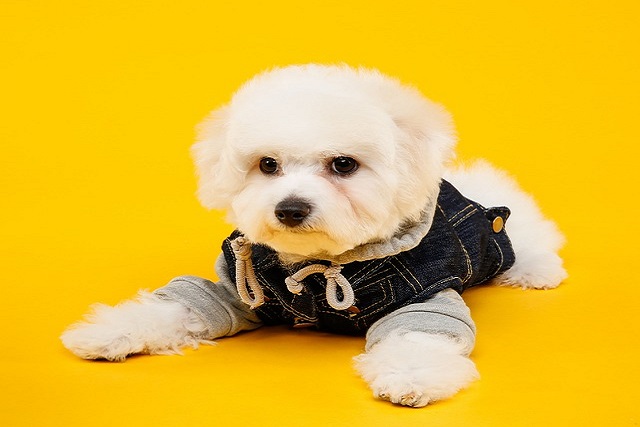
Trying to figure out whether to clip or grind your dog’s nails can feel like a tough call, especially if you’re new to handling those wiggly paws.
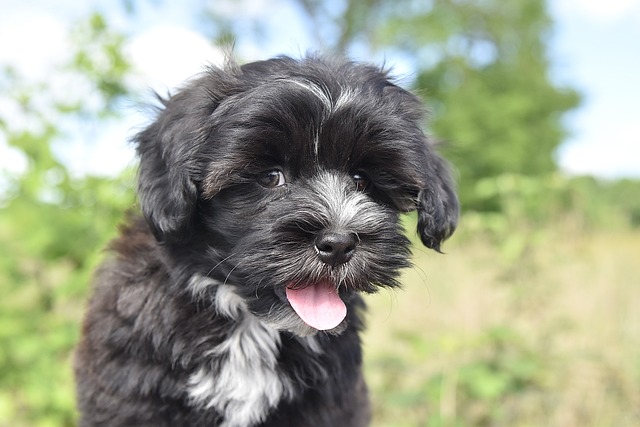
That alarming moment when your dog blinks up at you with a thick, goopy mess crusting around their eye - it's natural to wonder why there's suddenly so much discharge.